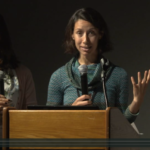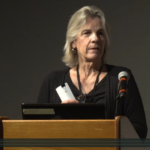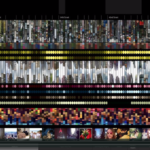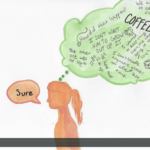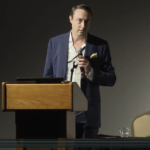
SOREN HEITMANN
SINJA BURI
FABIAN REITZUG
International Finance Corporation
[s2If is_user_logged_in()]
Download PDF
[/s2If]
[s2If current_user_can(access_s2member_level1)]
[/s2If]
Case Study—Trust motivates people’s uptake and use of digital financial services (DFS). Understanding the socio-cultural determinants of DFS trust are needed to scale financial access and drive financial inclusion. These are core components of international development strategies, such as the Sustainable Development Goals (SDGs) or Universal Financial Access (UFA2020). The IFC-Mastercard Foundation Partnership for Financial Inclusion (the Partnership) conducted ethnographic research to understand factors that impact people’s attitudes and perceptions of DFS. Nine months of field work each in Cameroon, DRC, Senegal and Zambia were conducted, in collaboration with local research institutes’ Anthropology departments and the African Studies Center at the University of Leiden. The results of the ethnographic research produced a framework for understanding...




